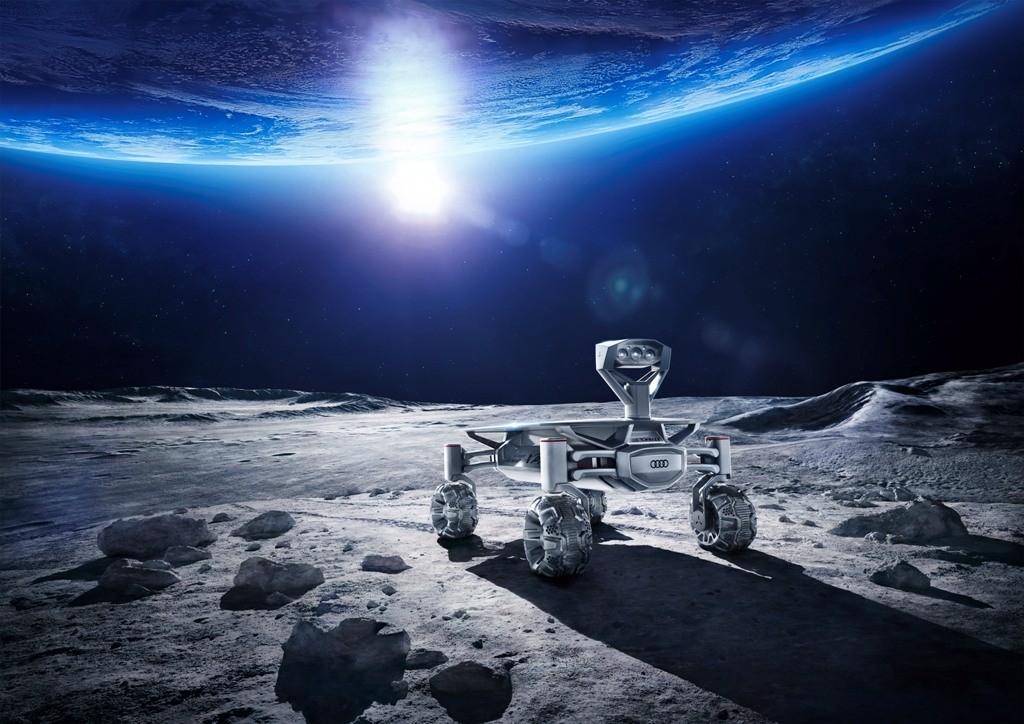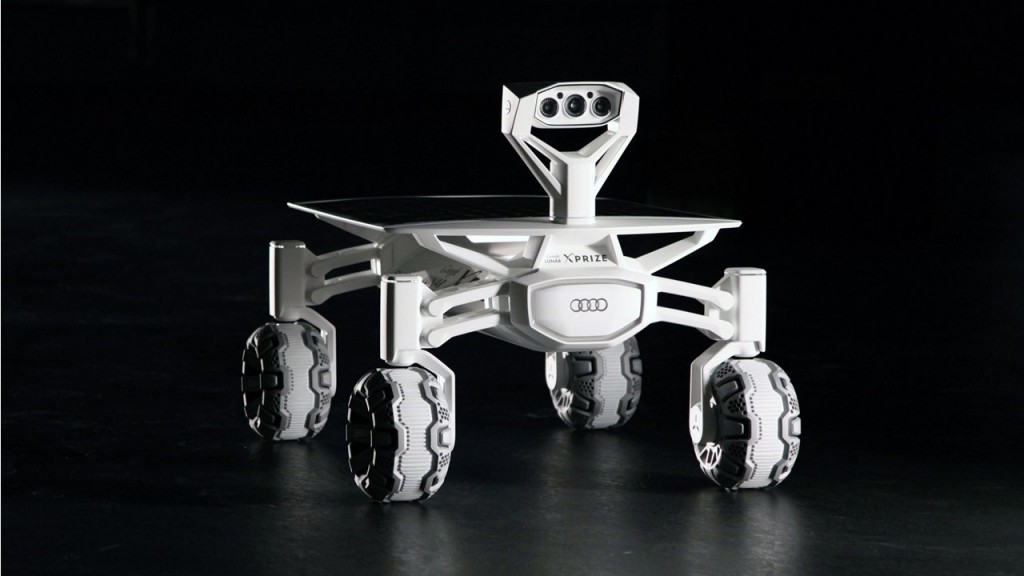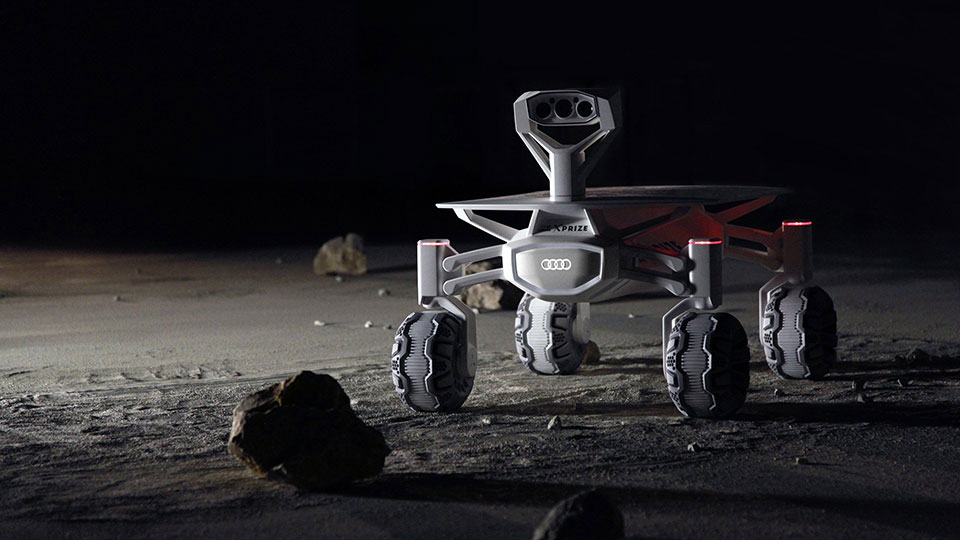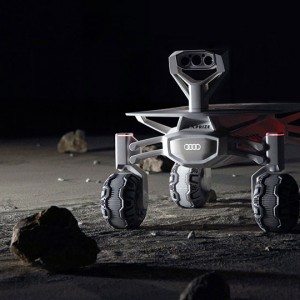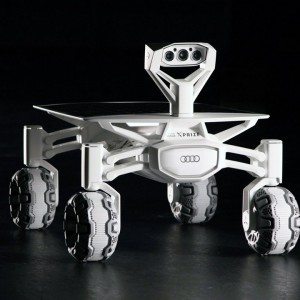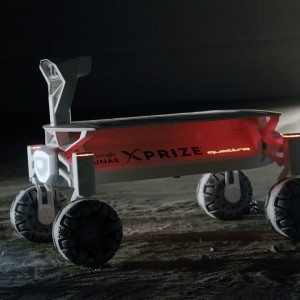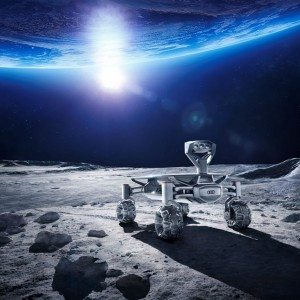Quattro has been synonymous with Audi cars since 1980, gripping racetracks, gravel, dirt, snow and the streets with it’s breadth of abilities. Now, the maker’s fabled all-wheel-drive system is set to aid a moon rover to get a better grip of the lunar surface. That’s right, Quattro, along with Audi, is headed to the moon!
Audi has become a technical support partner for the Part-Time Scientists team competing for Google’s Lunar XPrize, which offers a $30 million prize for the first team to get a rover to the moon, cover 500 meters of it, and broadcast high-definition video back to Earth as it goes. The aim is to challenge engineers and scientists around the world into develop low-cost, robotic techniques of exploring space.
The whole operation has to be privately funded, and Audi is lending their technological prowess to help shape up the only German team’s lunar ambitions. Apart from Quattro, Audi will put to use its expertise in lightweight construction, electric vehicle mobility and piloted driving.
Officially addressed the Audi Lunar Quattro, the rover features aluminium construction, and a solar-charged lithium-ion battery which feeds four electric wheel hub motors – a nod to Quattro. Two front-facing stereoscopic cameras aid in navigation, while a third high-resolution camera analyses scientific specimens. Theoretical top speed is a snail rivalling 3.6 km/h.
The Google Lunar XPRIZE, which started off with more than 25 teams, is currently in its final round. Participants in the competition, in addition to Part-Time Scientists, include 15 teams from around the world including Brazil, Canada, Chile, Hungary, Japan, Israel, Italy, Malaysia and the United States.
Supporters of the group, in addition to Audi, include numerous research institutions and companies including NVIDIA, Technical University of Berlin, the Austrian Space Forum (OeWF) and the German Aerospace Center (DLR).
The lunar vehicle should launch into space in 2017 on board a launching rocket and will travel more than 380,000 kilometres to the moon. The trip will take about five days. The target landing area is north of the moon’s equator, near the 1972 landing site of the Apollo 17, NASA’s last manned mission to the moon. Temperatures fluctuate here by up to 300 degrees Celsius.

